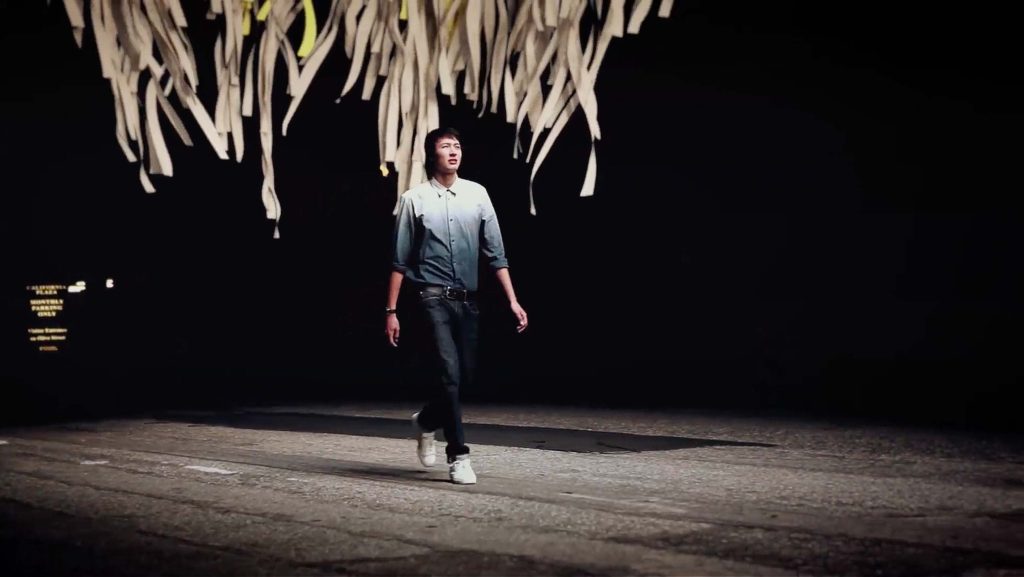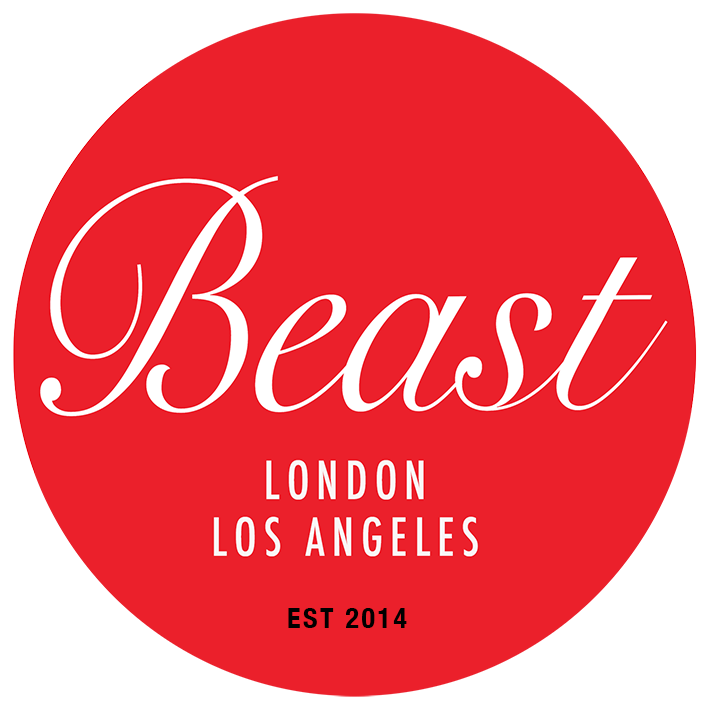At Beast we often get asked, what is the process when it comes to Post-Production?
There are three phases of filmmaking:
- pre-production
- production
- post-production.

Here’s an outline, from UK Production Company Beast London, about the 12 steps of post-production in film making.
-
Pre-Production
Almost all filmmakers are in a continuous cycle of pre-production. Pre-production is the phase where you try and prove everybody that your film is about to start shooting. It’s the distressing phase where you wait for financial promises to appear in your bank, and for cast and crew to come to an agreement that they will certainly turn up.
‘Actual’ pre-production is when you’re paying for script development, casting, scouting and securing crew. To be honest, pre-production is not difficult.
-
Production
The second phase is production. This refers to the actual shooting days. Shooting days for commercials are typically 1-3 shooting days. For movie production the usual number of minimum days would be around 20days and can go up to 70 or 80 days for big budget movies.
During video production everything takes place at once- the schedule, filming, coaching actors, setting up lights, preparing the camera, propping, set-dressing, hair and make up and much more. Production, although usually taken as being fun and blissful, will perhaps be the worst days your life. Like moving house, it is something that you choose to do and put all of your money and effort into but it is incredibly stressful and exhausting. But you continue. Somehow your film is ready. It’s time to celebrate. Everyone hugs everyone, and they breathe collective sigh of relief that it wasn’t a complete disaster and then they all go home.
-
Post-Production
Now you are faced with a mountain of rushes. Hours upon hours of video rushes. This is exactly when you begin with post-production. And this is when it pays off using a London video production company, with their experience and guarantee of professional quality post-production and end results.
The 12 Steps of Post-Production
-
Choose An Editing Format
There are two ways in which post-production can be done. One is the old way- the film way and the other one is the digital way. The choice is completely yours and should be made wisely. The film way lets you shoot film and edit, or join film on film editing equipment. It’s rare and outdated and few filmmakers edit this way today.
The electronic or digital way gets all your footages digitized (if shot on film you will have to get them scanned to a digital format). No matter which format you choose, the steps involved are more or less the same.
-
Hire A Picture Editor
Your cinematographer is somebody who’ll be able to give you decent recommendations for an editor. An editor’s work is to produce an Edit Decision List (EDL). The editor will go through your script and look at the footages, and with this info, trim the film according to their outlook of what makes the story superior. Since it’s a huge creative responsibility, it’s advised to get an editor well before the project enters into the production phase. A worthy editor is the one who advises on the types of shots he will need, and gives valuable advice on tricky post-production matters beforehand.
The standard schedule for editing a feature is 7 – 8 weeks. During this time, your editor will make different drafts of your flick. The first draft is the Rough Cut, and the last one is the Answer Print. Editing is aimed towards being contented with the visuals (locking picture) and sound (sound lock).
-
Hire A Sound Editor
Now, about 8 weeks later, the visual film is ready but you need to boost the look with sound. Therefore, you’ll need to hire a sound editor and an assistant for 5-6 weeks. His job will be to:
- trim dialogue tracks
- rebuild sound effects
- get cue sheets done to make things easier in Step 6 (The Mix).
-
Do ADR & Foley
ADR stands for Automatic Dialogue Replacement. This will land you and all the actors in a large hollow room with a projector that displays your latest picture draft from Step 2. The actors will have to lip sync and loop dialogues that weren’t sharp and clear.
Foley involves going to a room that looks like the ADR room but this time, without actors. Sound people called Foley Artists or ‘walkers’ will help you put certain other sound effects (like the noise of footsteps etc.) into your film.
-
Lock Music
For many first timers, cutting costs on music can be a tempting choice, but if you have chosen a top production company UK then be assured that music will be a top priority. First off, there are a couple of things that you should avoid while securing music. Do not fill any popular (or unpopular) old songs that you haven’t obtained the rights to. Do not use any pre-cleared CD-ROM music as it won’t be good enough on quality. Hire a musician who has his own studio to compose original songs and tunes that you have the copyrights to.
-
The Mix (Re-recording)
Once you’re left with 30-40 tracks of sound, which include all the dialogues, ADRs, Foleys and music, you must cover them on top of each other to falsely create a sense of sound with immense depth. This is called the Mix or the re-recording session.
-
Get Music & Effects
Somewhere in the near future, you will hopefully be selling the rights to your film to foreign nations. The distributor/buyer in that nation would want a sound track with no dialogues so they can dub the dialogues accordingly.
-
Get Your Titles
Your editing is almost done. All you need are the final pieces for the answer print. The first three pieces to get are your 6-8 Opening Title Cards followed by Rear Title Crawl. These titles are then attached to the master track.
-
Create A DCP
You will need to create a DCP (Digital Cinema Package) in order to deliver the film. It’s a hard drive which comprises of the final copy of your film coded so it can play in cinemas.
-
Create A Dialogue Script
You will need to create a dialogue script to let foreign territories dub or subtitle your film. This script should have the exact time code for each piece of dialogue so the one who has to subtitle or dub knows where to place their dialogues accurately.
-
Arrange A Campaign Image
A campaign image says a thousand words about the film; it has to be brilliant. It’s the first thing a potential distributor or festival programmer will see of your film. The image with titles and credits should be able to provide to the viewer with a deep insight into what the film is about.
-
Get A Trailer
Get a 2 min. trailer that expresses the mood and atmosphere of your film. Often encoding and distribution decisions are based on the strength of your trailer. Our London production company will help you get in touch with some of the best video production agencies in the world.
Production is immensely demanding. Post-production is not, as long as you perform the above-mentioned steps one by one. So relax, take a deep breath and make great work!
